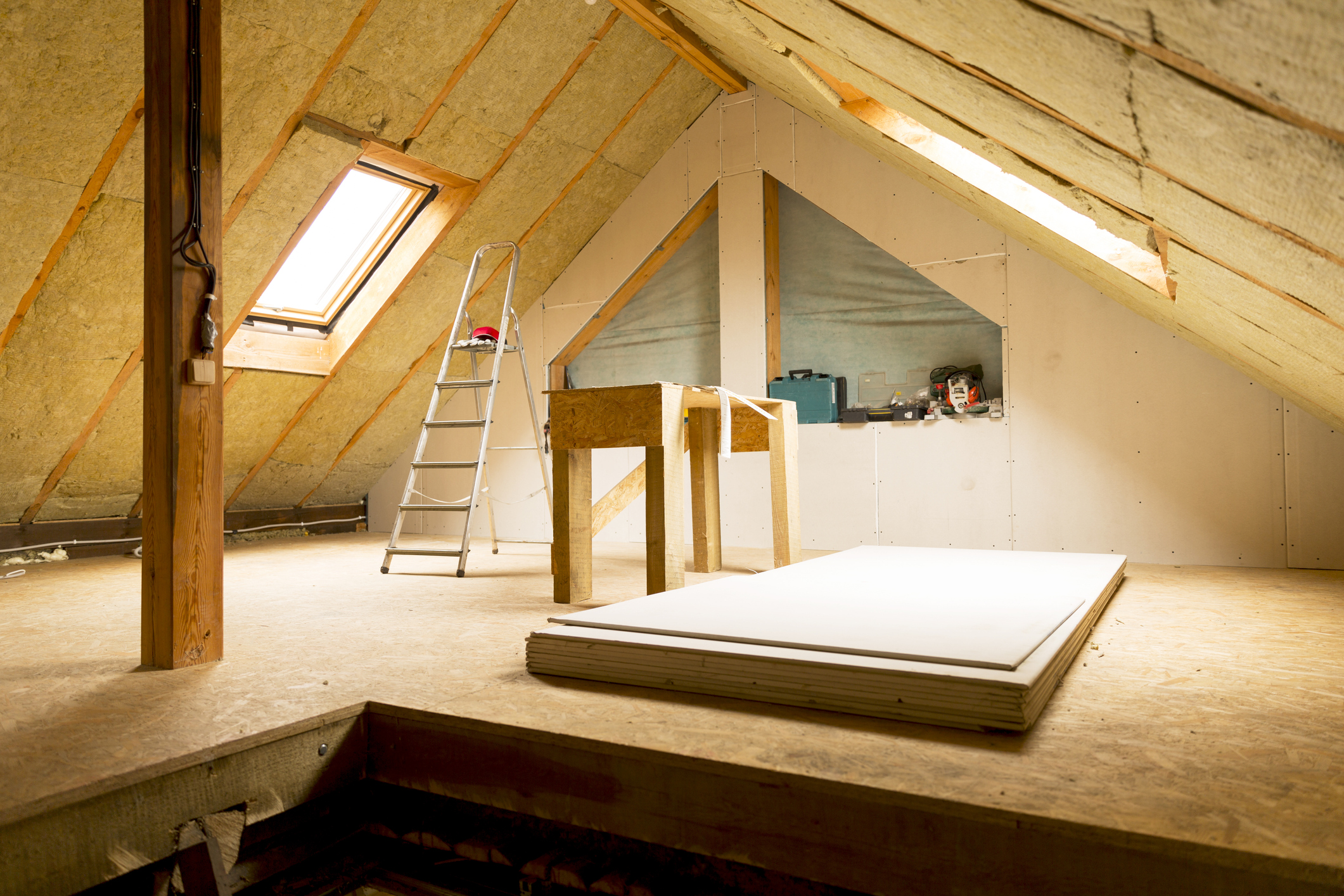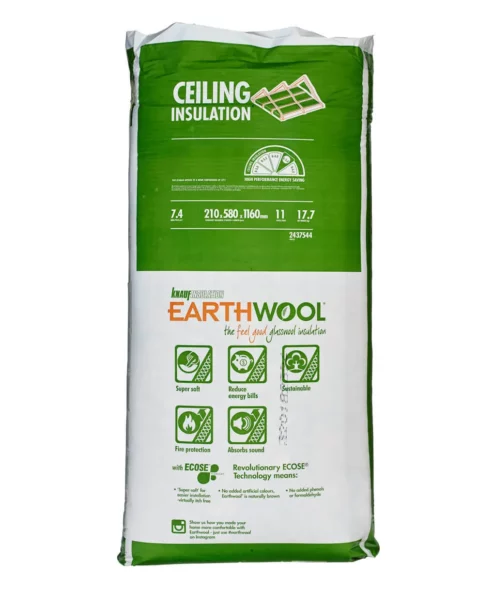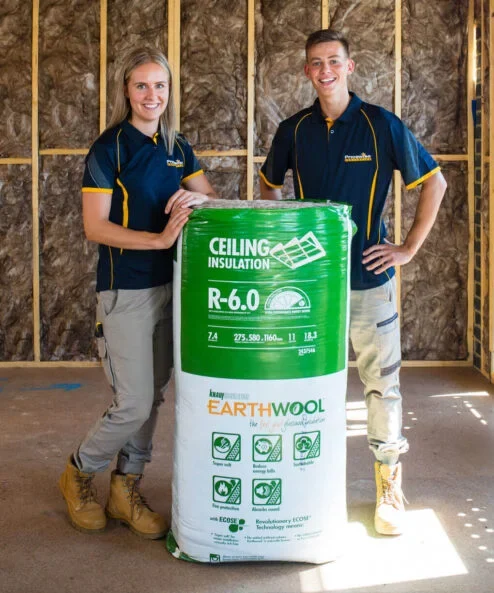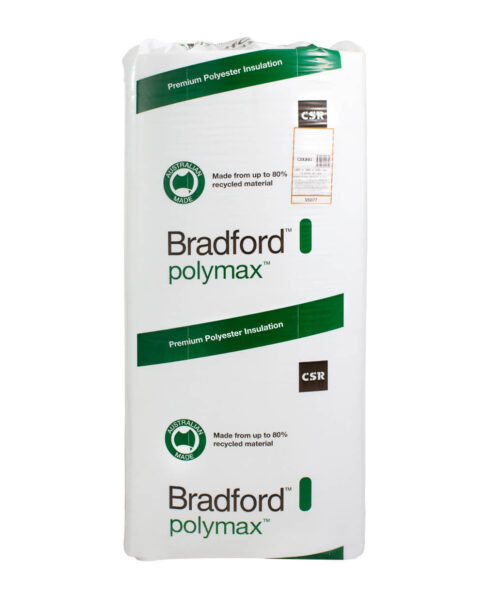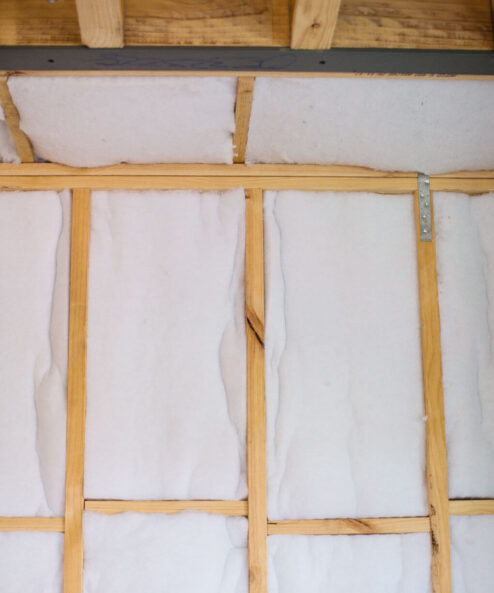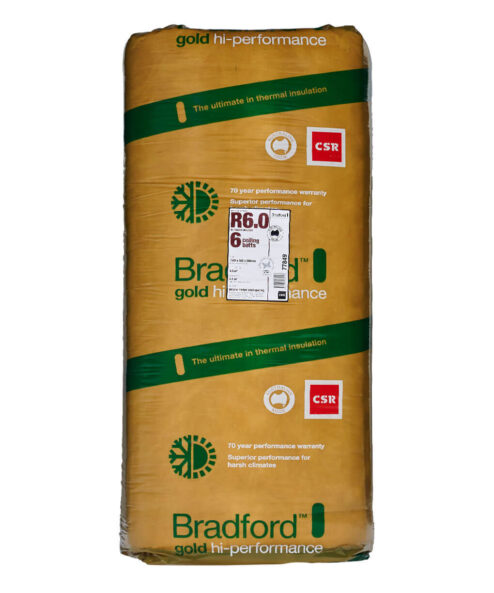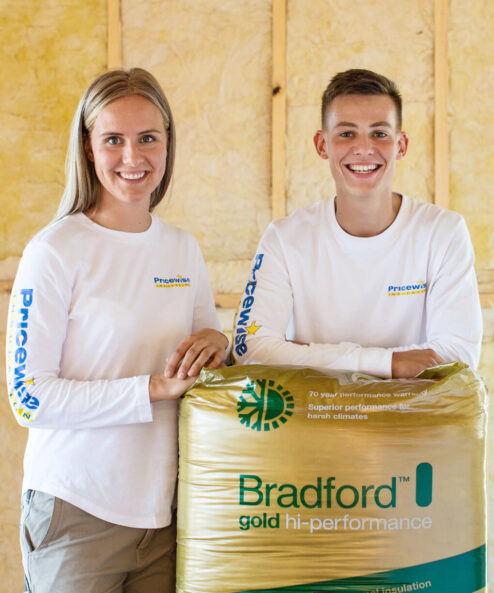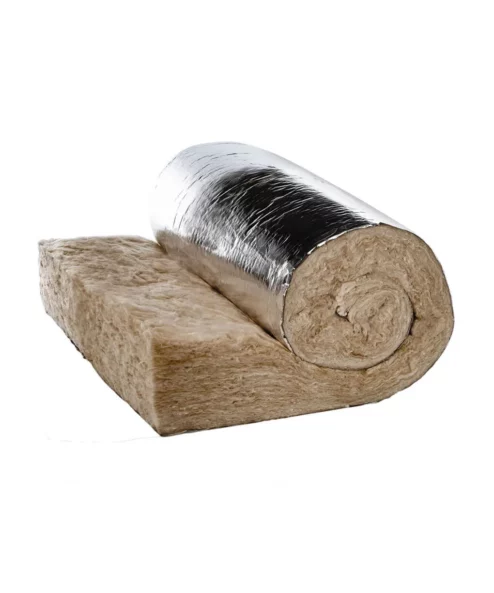Insulation Tips
The Best Attic Insulation in Australia
Many Australian houses have an attic space between the roof and the ceiling. Whether you use yours for storage or are planning to renovate it into a living space, you might be wondering what’s the best insulation for an attic.
Insulating your attic is a smart move that will improve comfort inside your home, reduce your energy consumption and help you save on your power bill year round. In this guide to the best attic insulation, we walk you through your different options, the pros and cons and how to make sure you’re getting the best performance while sticking to budget.
In Short: Our Picks for the Best Attic Insulation
- Best glasswool batts for attics: Knauf Earthwool Batts
- Best reflective insulation for attics: Kingspan Air-Cell Insulation
- Best Australian-manufactured insulation for attics: Bradford Hi-Performance Gold Ceiling Batts
- Best acoustic insulation for attics: Knauf Earthwool Sound Shield Ceiling Batts
- Best non-itch fibre insulation: Bradford Polymax Ceiling Insulation Batts
Why Install Insulation in Your Attic?
Without insulation, temperatures inside a home will fluctuate uncomfortably. It can be difficult to effectively heat or cool an under-insulated home, which drives up electricity costs.
The biggest area of heat loss and heat gain in any home is through the roof. Insulating your attic could dramatically improve temperature regulation inside your home, leading to savings on your power bill.
If you’re planning on turning your attic space into a livable area or storage space, it’s even more important to insulate the attic. Without proper insulation, temperatures can get uncomfortably high in the attic space, especially in hot climates. If you’re storing equipment, keepsakes or other household items in the attic, extreme fluctuations in temperature can cause damage over time.
Special types of acoustic insulation will also help improve sound quality inside your attic as well as rooms below. Designed to reduce unwanted noise transfer, acoustic insulation can prevent rain, strong winds and aeroplanes overhead from disrupting your space.
What’s the Difference Between Ceiling Insulation vs Attic Insulation?
Ceiling insulation is installed over the ceiling plasterboard and it’s essential in every home, not just if you’re planning an attic conversion. If you are planning an attic conversion, ceiling insulation is essentially the floor insulation for your attic space.
Attic insulation is installed between the roof rafters, underneath the roof sarking. Its purpose is to regulate temperatures inside the attic space so they are comfortable and safe for living purposes. You should use attic insulation if you’re planning on using your attic as a living space or for storage.
If you’re simply trying to improve the insulation or energy efficiency of your home, read our guides about roof and ceiling insulation:
What’s the Best Insulation for Your Attic?
There are a number of options when it comes to insulating your attic space, including glasswool batts, reflective foil insulation and acoustic insulation. The best choice depends on factors like what you plan on using your attic space for, the climate of where you live and, your budget.
Here are a few general rules of thumb to follow when choosing the best attic insulation:
- Go for the highest R-Value your budget allows for to get the best thermal performance.
- In hot climates, reflective insulation under the roofing material is crucial to reflect radiant heat away from your home.
- If the attic insulation will remain exposed (i.e. you’re not planning to install a ceiling in your attic) then we would recommend installing Kingspan Air-Cell Insulwhite or Kingspan Air-Cell Insuliner.
Check out the common types of attic insulation products below to get started. If you need project-specific advice, chat with our team of experts at Pricewise Insulation on 1300 729 639.
Best Five Types of Attic Insulation
1. Glasswool Insulation Batts
Glasswool (also known as fibreglass insulation) is one of the most affordable and popular insulation materials world wide. It is made mostly from recycled glass materials and sand. The raw materials are melted together and then spun into very fine fibres.
Glasswool is a highly effective thermal insulator which works by trapping billions of tiny air pockets between its fibres. These air pockets break up the flow of heat, reducing the amount of heat loss and gain in your attic space.
Glasswool products were once notorious for their itchiness, but modern products have achieved a much softer texture. Brands like Knauf Earthwool use special technology to spin longer fibres, and the result is a glasswool product with all of the thermal benefits and hardly any of the itchiness.
Why glasswool is the best insulation for attics:
- Cost-effective
- High thermal performance
- Easy to install
- Durable (most glasswool batts we supply come with a warranty of 50+ years)
- Acoustic benefits
Top glasswool attic insulation batts:
2. Polyester Insulation Batts
Polyester insulation is a more premium product compared to glasswool because it contains no breathable particles. This makes it a good choice if people with asthma or allergies will be using the attic space.
Polyester is made predominantly from recycled plastic materials such as plastic bottles, bags and packaging. The fibres are non-irritant, non-toxic and non-allergenic and don’t contain any harmful chemicals such as formaldehyde.
Polyester insulation batts are effective at reducing heat loss and gain in the attic. They work essentially the same way as glasswool batts, trapping millions of tiny air pockets which break up the pathway of heat.
Advantages of polyester batts:
- Low-allergen and non-toxic
- Non-irritant and no breathable particles
- High thermal performance
- Long term effectiveness
Best polyester insulation batts for attics:
3. Acoustic Insulation Batts
If you live under a flight path or experience strong winds and heavy rains throughout the year, you might consider installing acoustic insulation batts in your attic.
Acoustic insulation batts have all the benefits that thermal insulation offers and they will also reduce the amount of unwanted sound entering your home.
Acoustic insulation is highly recommended if you are planning on converting your attic into a livable space. The noise from things like footsteps and appliances in the attic can easily travel to the living spaces below if the ceiling is not properly sound proofed.
Acoustic batts are thicker and more dense than thermal batts. This density helps absorb sound waves, greatly reducing the amount of noise that travels between rooms of your home.
Advantages of acoustic insulation for your attic:
- Reduces noise transfer (keeps your home quieter)
- High thermal performance
- Range of R-Value options
Best acoustic insulation batts for attic spaces:
- Knauf Earthwool Sound Shield Ceiling Batts
- Fletcher Pink Soundbreak Insulation Batts
- Bradford SoundScreen Acoustic Insulation Batts
- Bradford Polymax Acoustic Insulation Batts
4. Reflective Foil Insulation
Whether you use your attic for storage, are planning to convert it into a living space or don’t do anything with it, it’s important to protect your roof from radiant heat from the sun. Without adequate insulation, your attic space will get very hot and this heat can transfer to the rest of your home.
The best way to protect your home from radiant heat from the sun is by installing reflective insulation under the roofing material.
Reflective insulation is made with a thin foil layer which reflects radiant heat away from your home, helping keep it at a more comfortable temperature. This is crucial if you want your attic to be livable, and it will also help lower your cooling costs.
Reasons to use reflective foil insulation:
- Protects against radiant heat from the sun
- Can help control moisture in the attic space
- Lightweight and easy to handle
Best reflective insulation products for attics:
5. Rigid foam board insulation
Rigid foam board insulation is a low-cost option that can be cut to fit between attic wall or ceiling joists. Typically made from polystyrene, this type of insulation isn’t as effective as glasswool or polyester batts at reducing heat loss and gain.
However foam insulation has excellent resistance to moisture, reducing the risk of mould and mildew problems. Some types of foam insulation are designed with foil facing to help control radiant heat.
Advantages of foam insulation:
- Low-cost
- Moisture and water resistant
- Lightweight
- Easy to install
Best rigid foam insulation for attics:
What about Loose-Fill and Spray Foam Insulation?
We don’t typically recommend loose-fill insulation or spray foam insulation at Pricewise Insulation as it has a number of disadvantages compared to batt insulation.
Read more about expanding foam vs insulation batts.
What R-value Insulation Do You Need for Your Attic?
If you want to maximise temperature regulation and energy efficiency, we recommend investing in the highest R-Value attic insulation that your budget allows for provided that there is enough space in your roof for the install method.
R-Value indicates how much insulation power the product has. The higher the R-Value, the more effective the product will be at resisting heat flow and keeping your home at a comfortable temperature year round.
Keep in mind that there may be building guidelines regarding minimum R-Values for the region you live in, especially if the attic will be used as a living space.
Read more: What does R-Value mean?
How to Install Insulation in Your Attic
You can hire a professional insulation installer or do it yourself if you have the right equipment and understand what’s involved.
Attic insulation can be installed in new homes during the renovation phase and it can be retrofitted in older homes. Avoid installing attic insulation during the hottest part of the day as the roof area can get very hot.
Read more about How to Install Insulation in Your Attic.
Buy the Best Attic Insulation Online With Pricewise Insulation
If you’re converting your attic or want to start using it for storage, it pays to get your insulation right from the beginning. At Pricewise Insulation, we stock the best attic insulation in Australia to suit a range of budgets.
Order online today, or get in touch with our team of insulation experts for advice about your project.
Call us on 1300 729 639.



